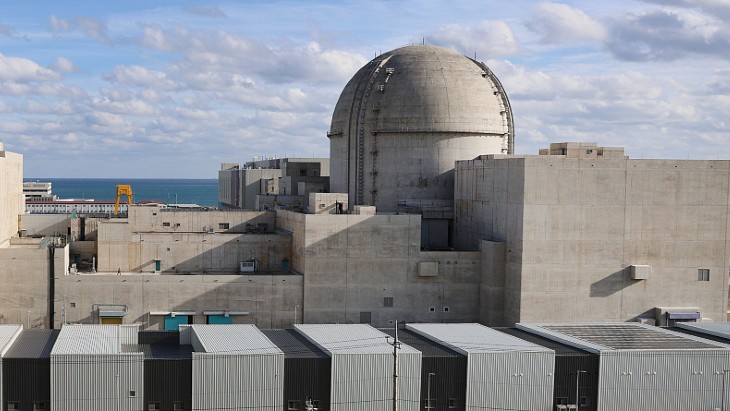A supply contract with Namibia Water Corporation (NamWater) will see Areva's Erongo desalination plant provide water to several uranium mines in the region.
.jpg) |
| The Erongo desalination plant will supply much-needed water to mines in the region (Image: Areva) |
The desalination plant was built to supply potable water to the Trekkopje mine. However, the drop in uranium demand as well as correspondingly lower prices after the Fukushima accident led Areva to slow down development of the Trekkopje project in October 2011. A year later, Areva announced that it was postponing the mine's start up until market conditions improve. The project entered a care and maintenance program, which would allow it to be restarted at a later date. Despite its decision to postpone the mine, Areva has kept the desalination plant in operation.
The company has now signed a contract with state-owned NamWater calling for the distribution of water to three other uranium mines in the Erongo region: Rio Tinto's Rössing, Paladin Energy's Langer Heinrich and Swakop Uranium's Husab mines.
Areva Namibia managing director Hilifa Mbako said, "This first agreement is a prelude to a medium-term agreement that will enable the distribution of up to 10 million cubic metres per year."
The agreement will "help curb water constraints in the Erongo region by distributing water to the uranium mines in the region," the Namibia Press Agency reported.
The desalination plant - located at Wlotzkasbaken, some 30km from Swakopmund - is the largest of its kind in southern Africa. It was built to provide water to the Trekkopje mine, about 40km away. The water will be conveyed through the desert to the mine via a pipeline that operates with three pumping stations. Designed, constructed, operated and maintained by Aveng Water, the desalination plant was inaugurated in April 2010.
Using rotary filters, multi-stage ultrafiltration, reverse osmosis and chemical treatment, the plant can produce up to 20 million cubic metres of potable water annually from seawater. The Trekkopje mine is expected to use around 12 million cubic metres of water annually, with the surplus being made available for domestic and industrial users in the Erongo region.
Researched and written
by World Nuclear News




_30199.jpg)
_72306.jpg)







